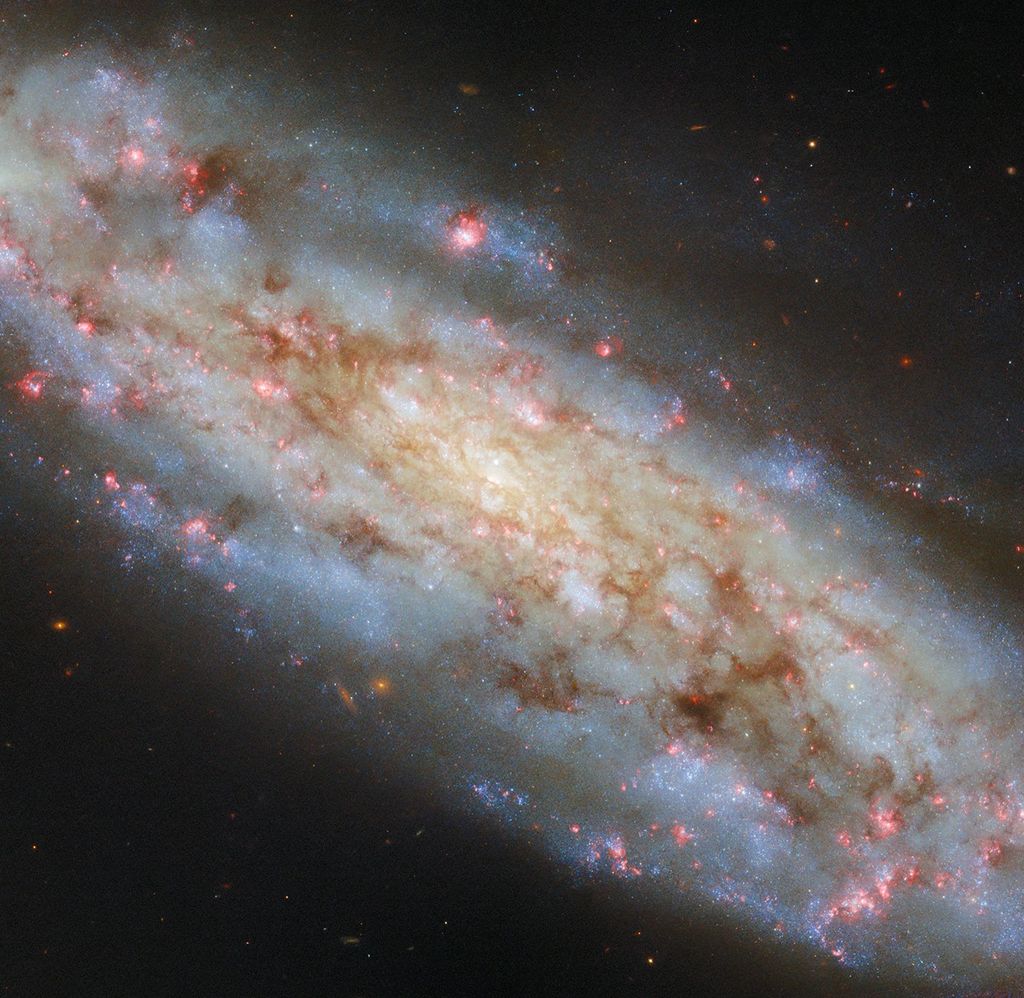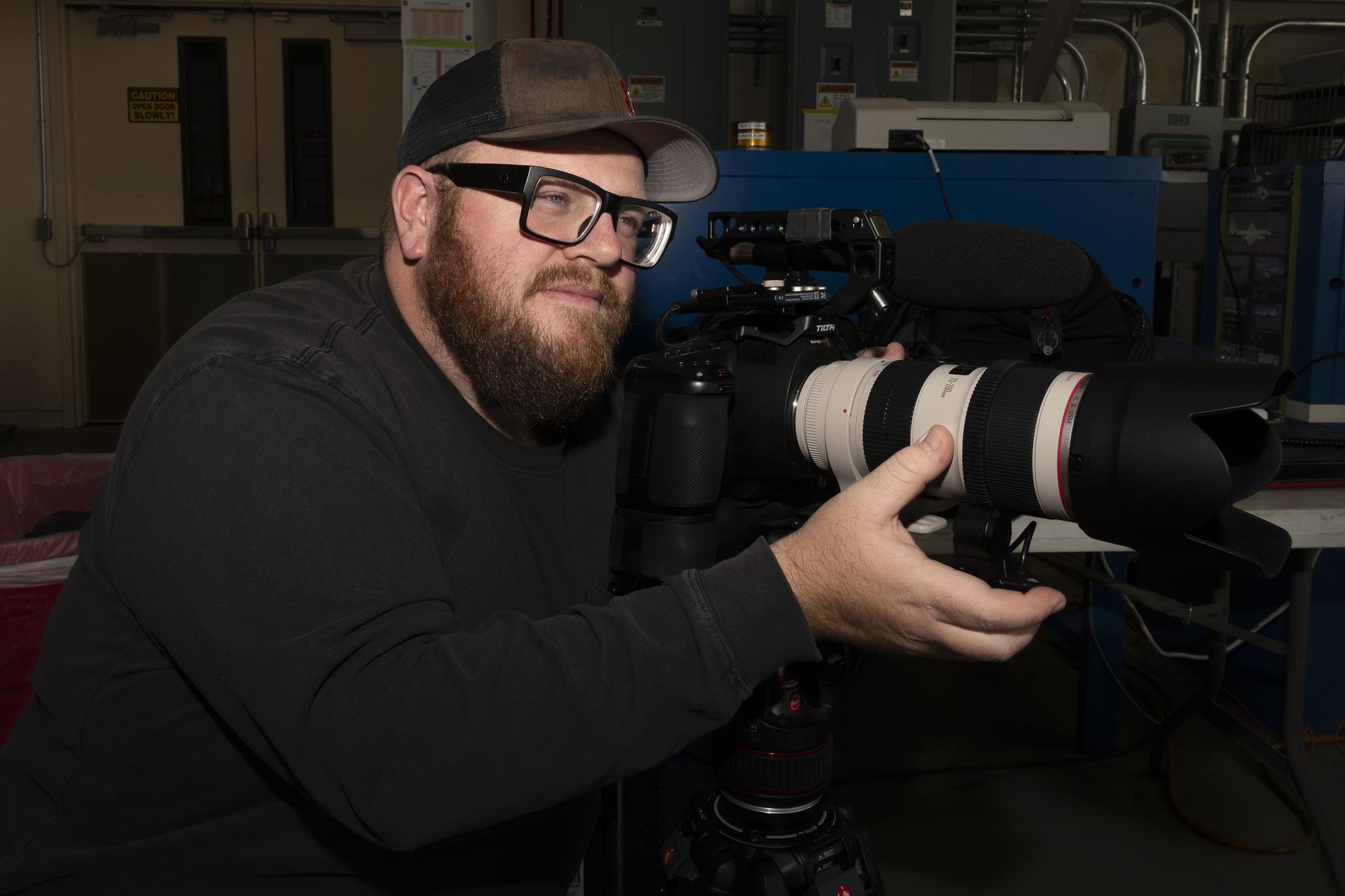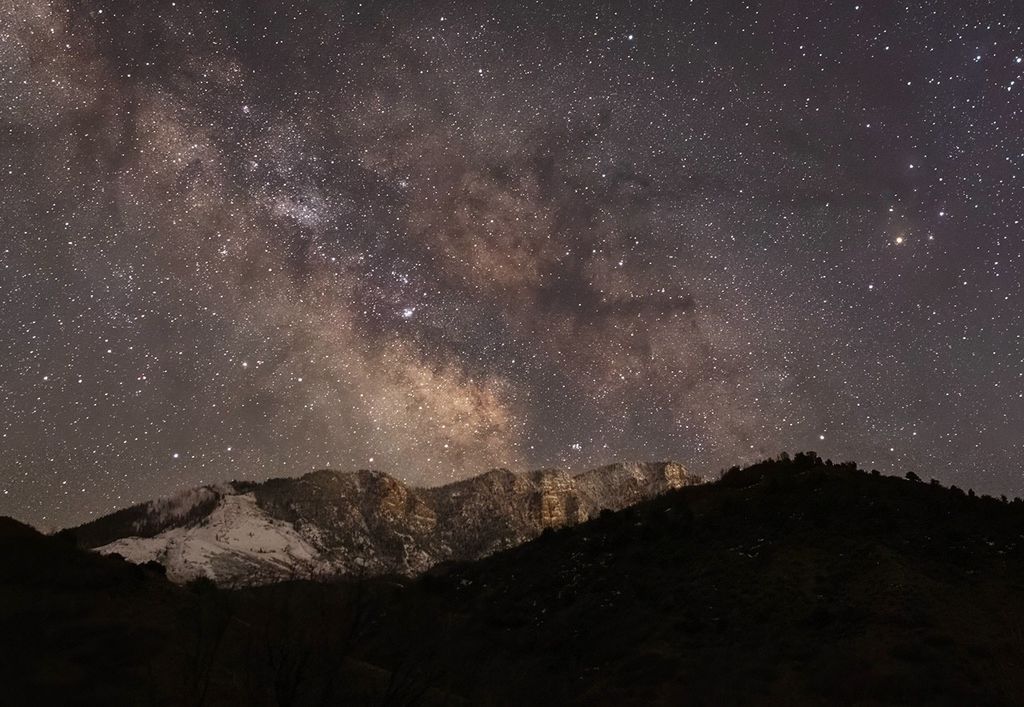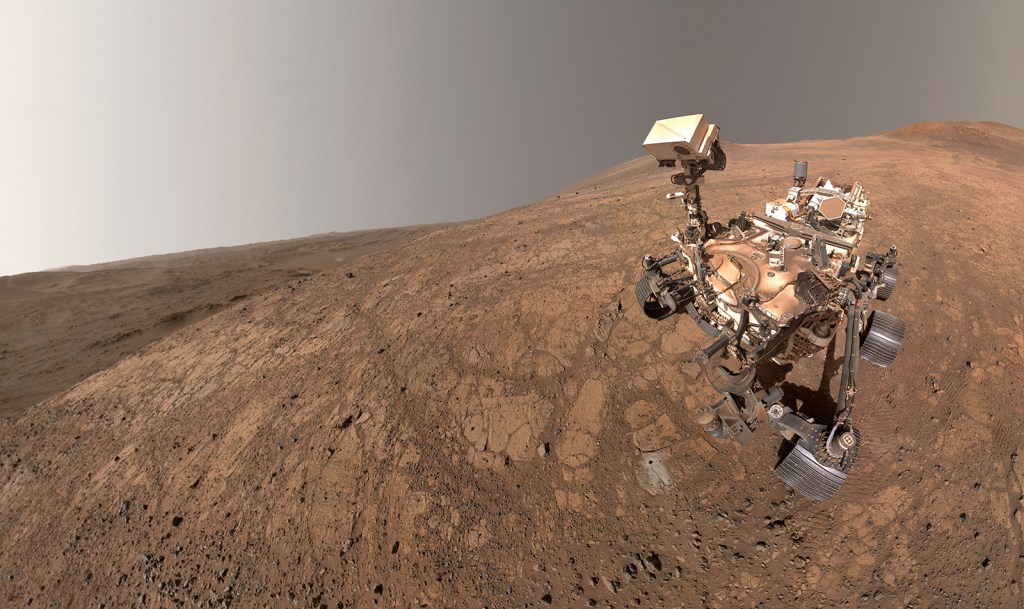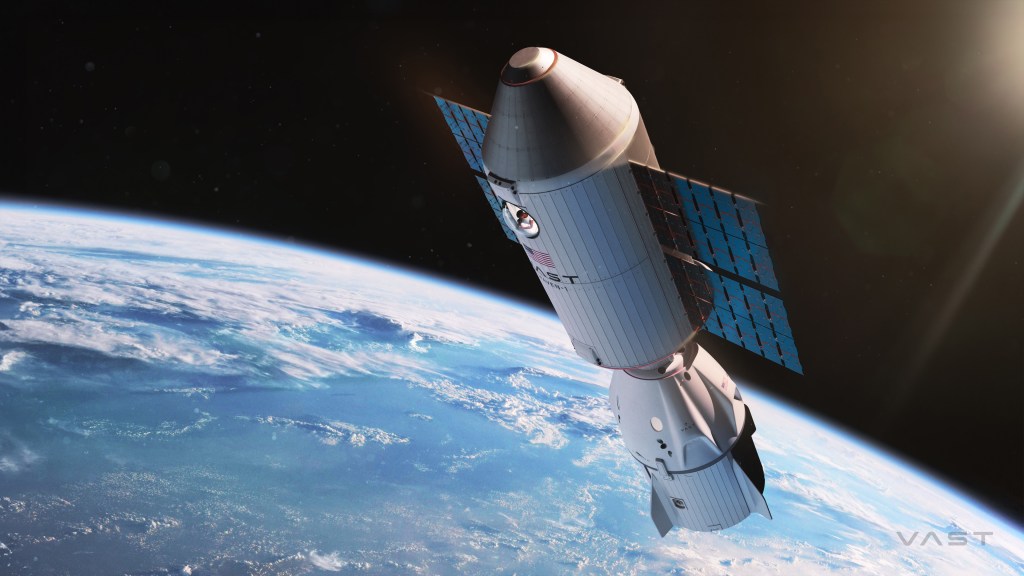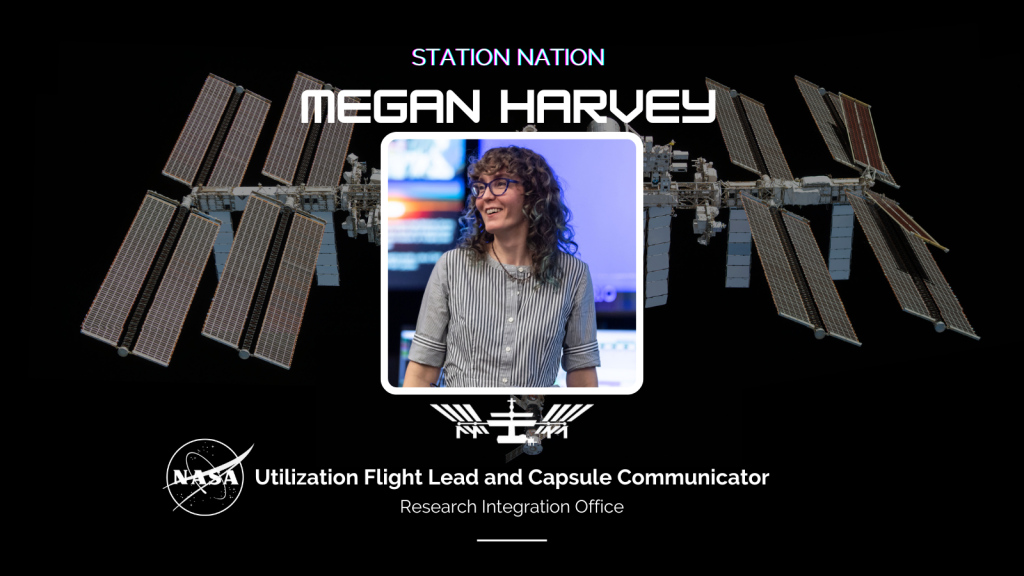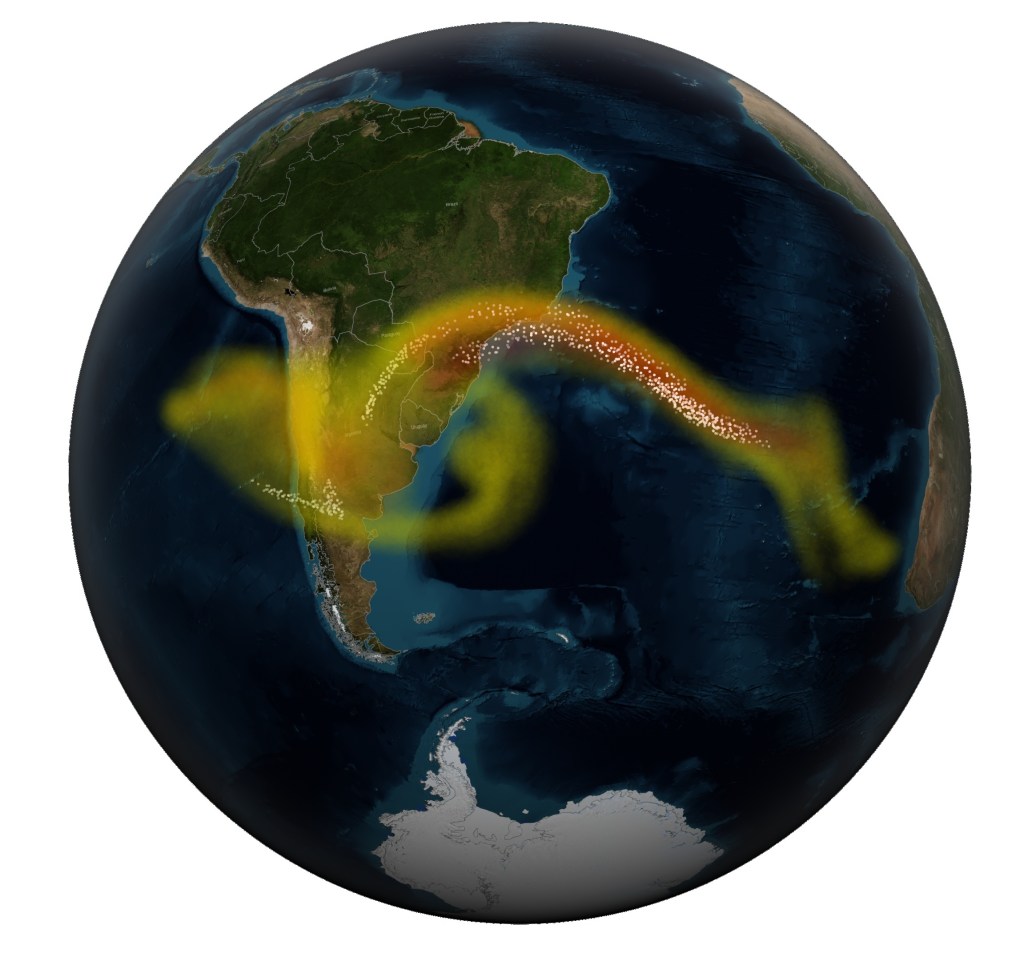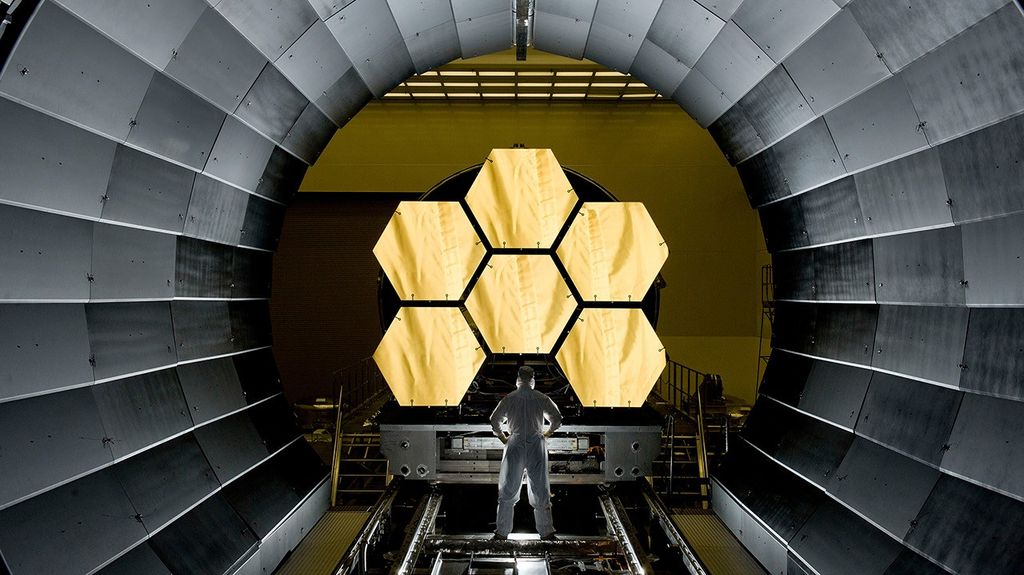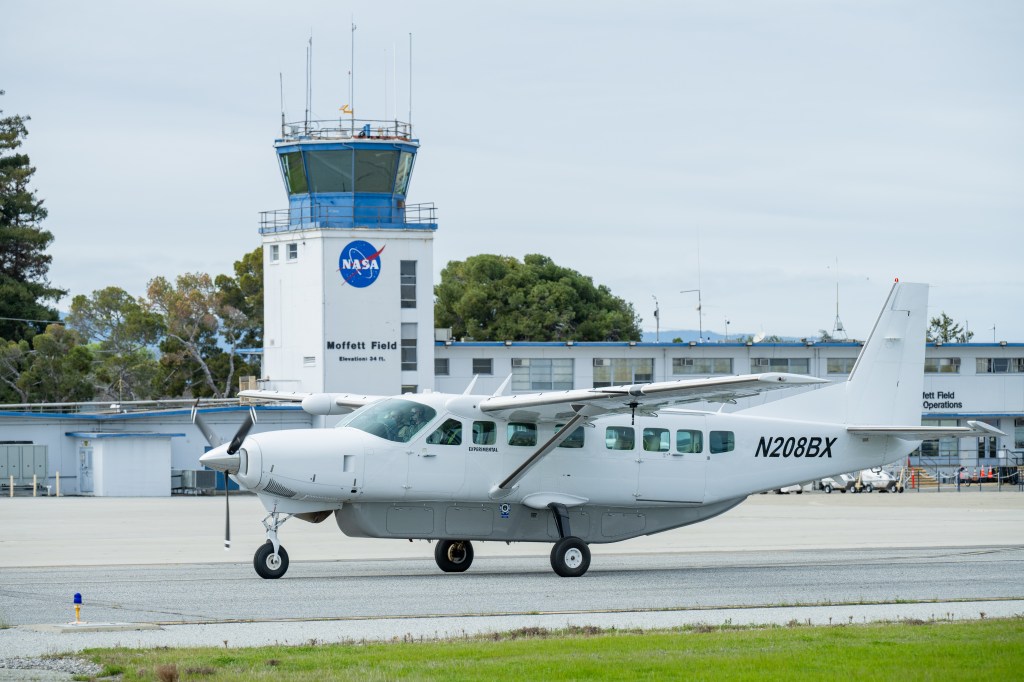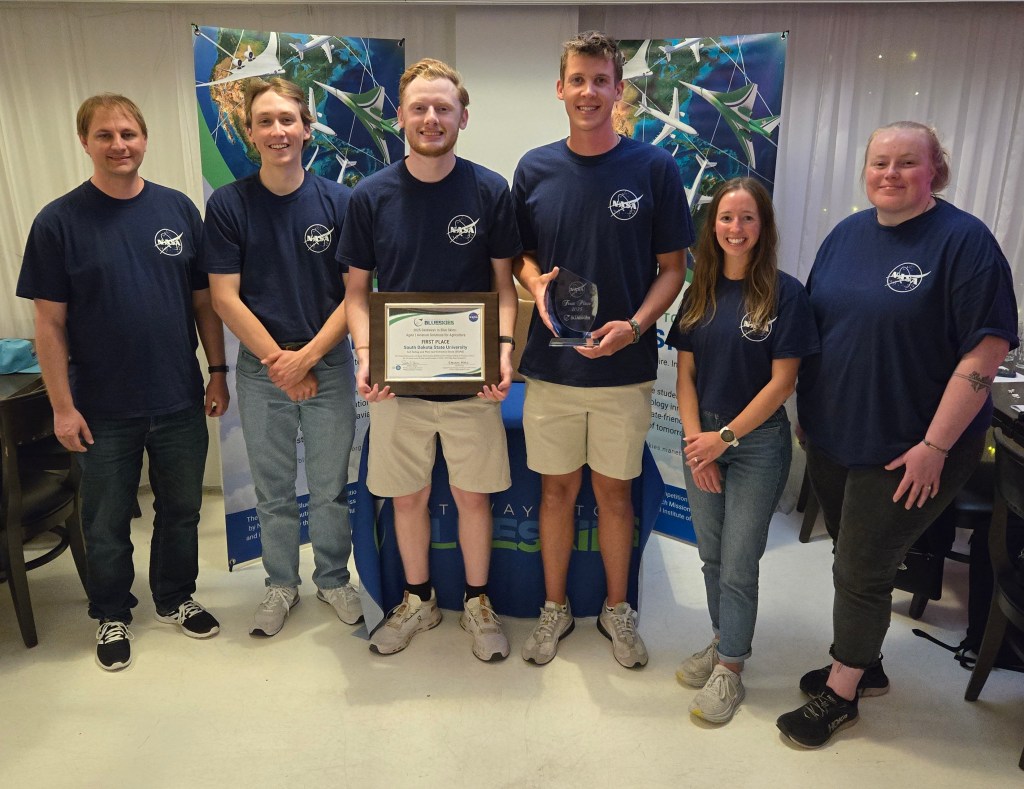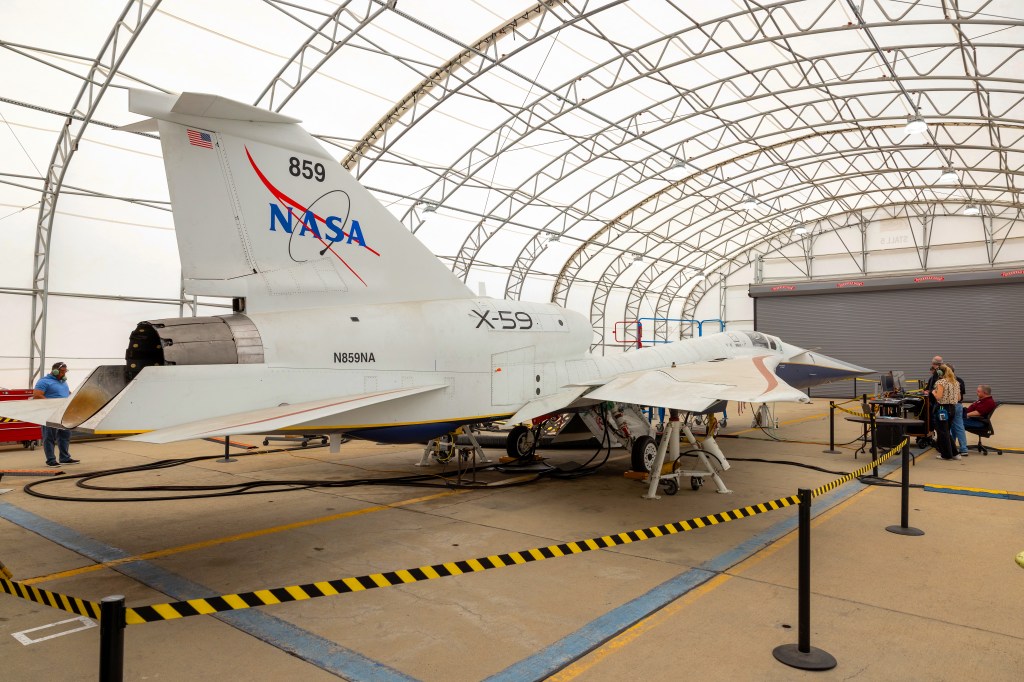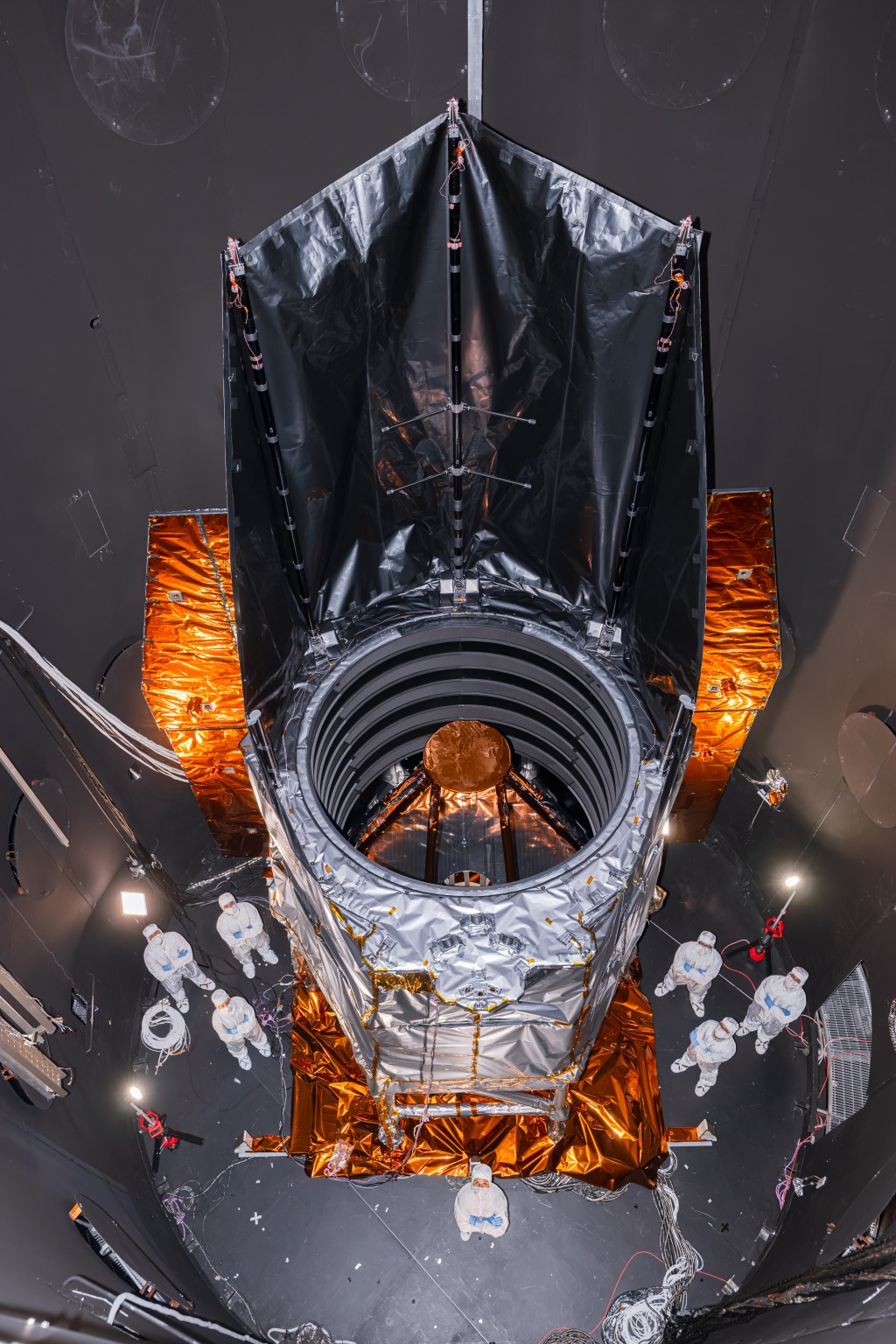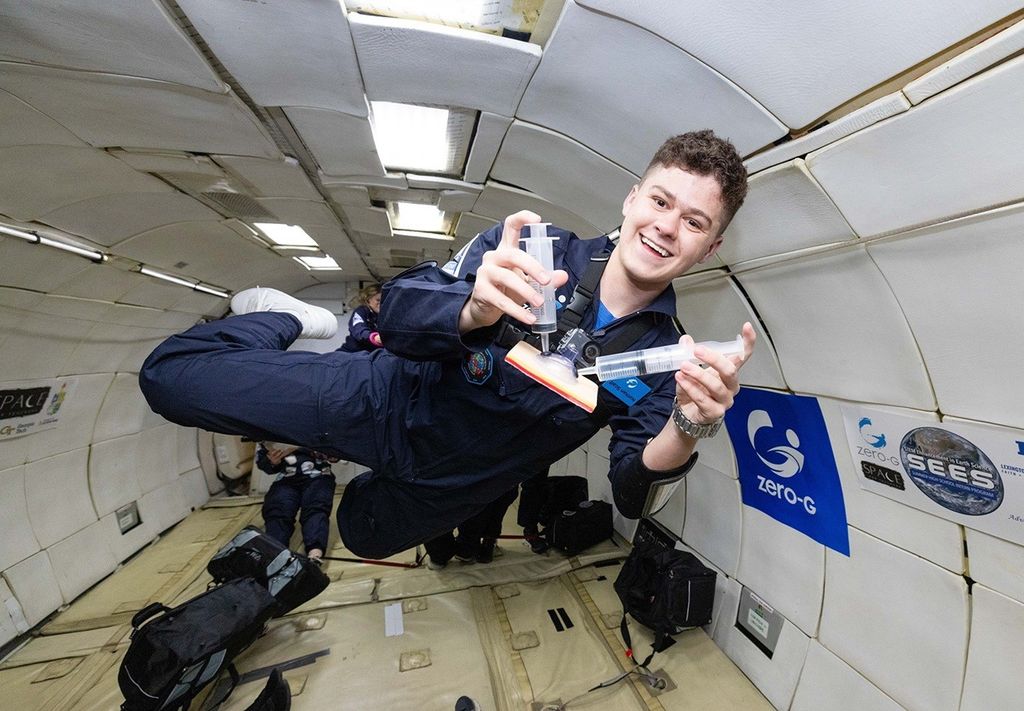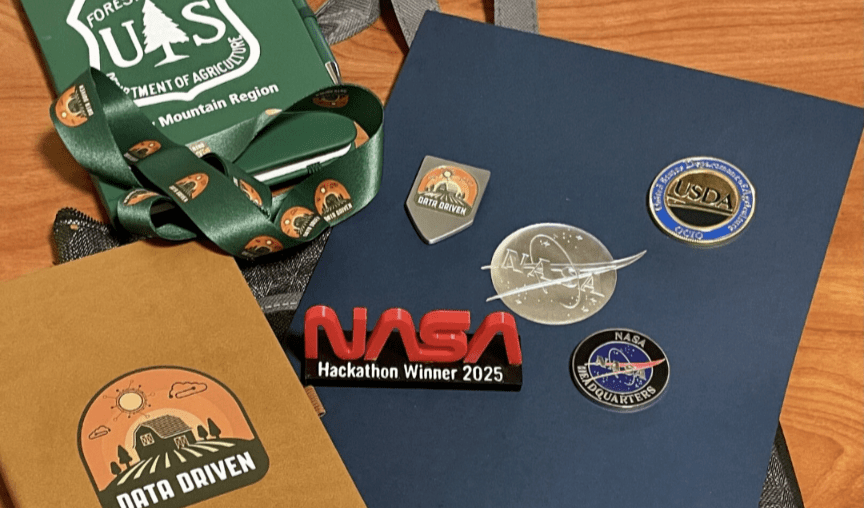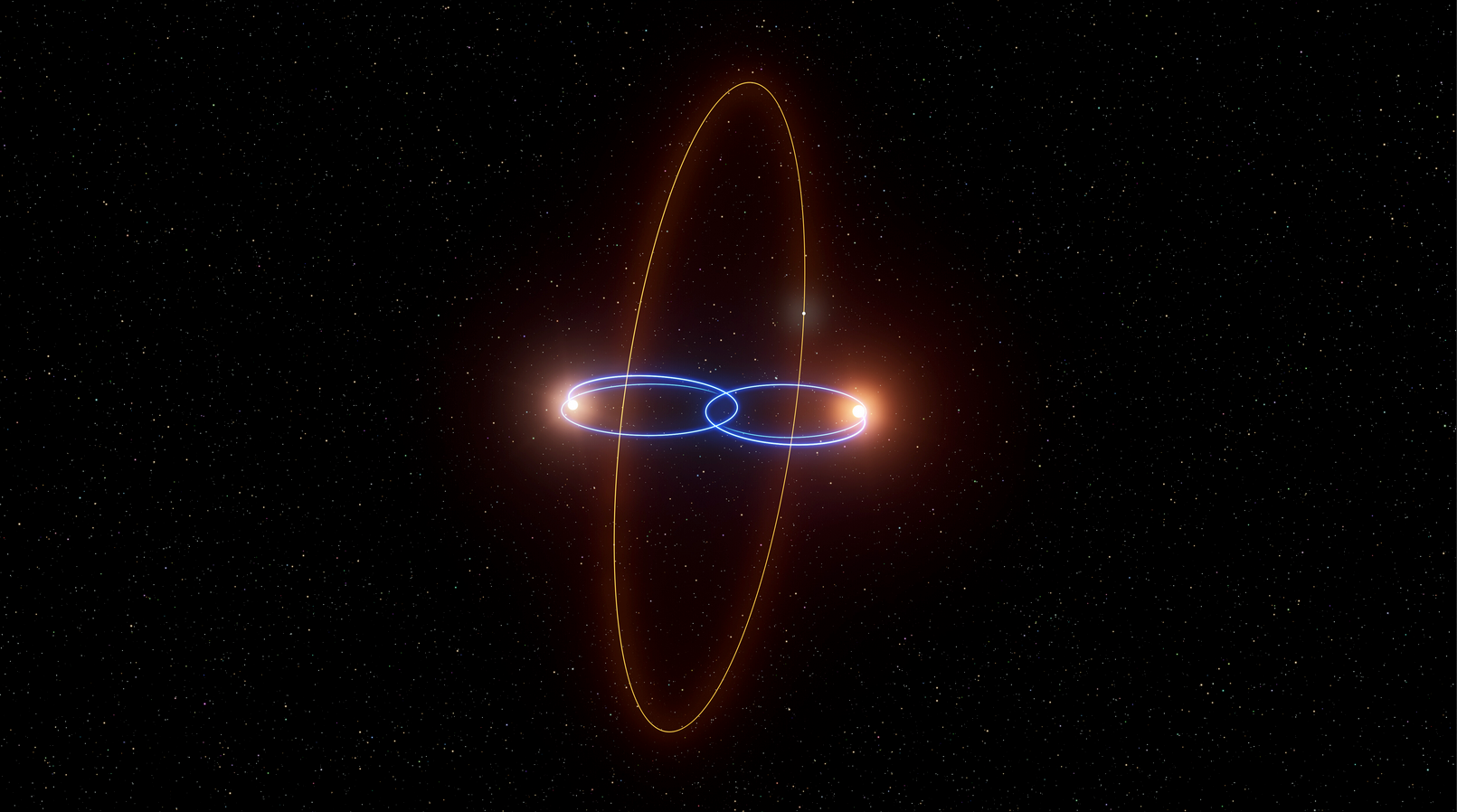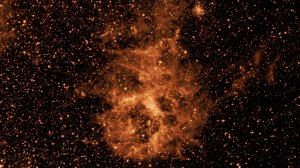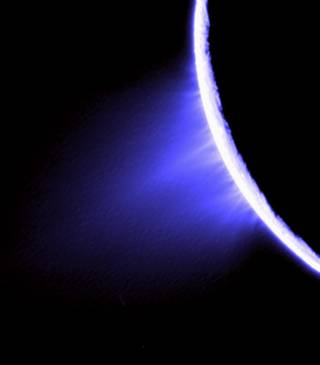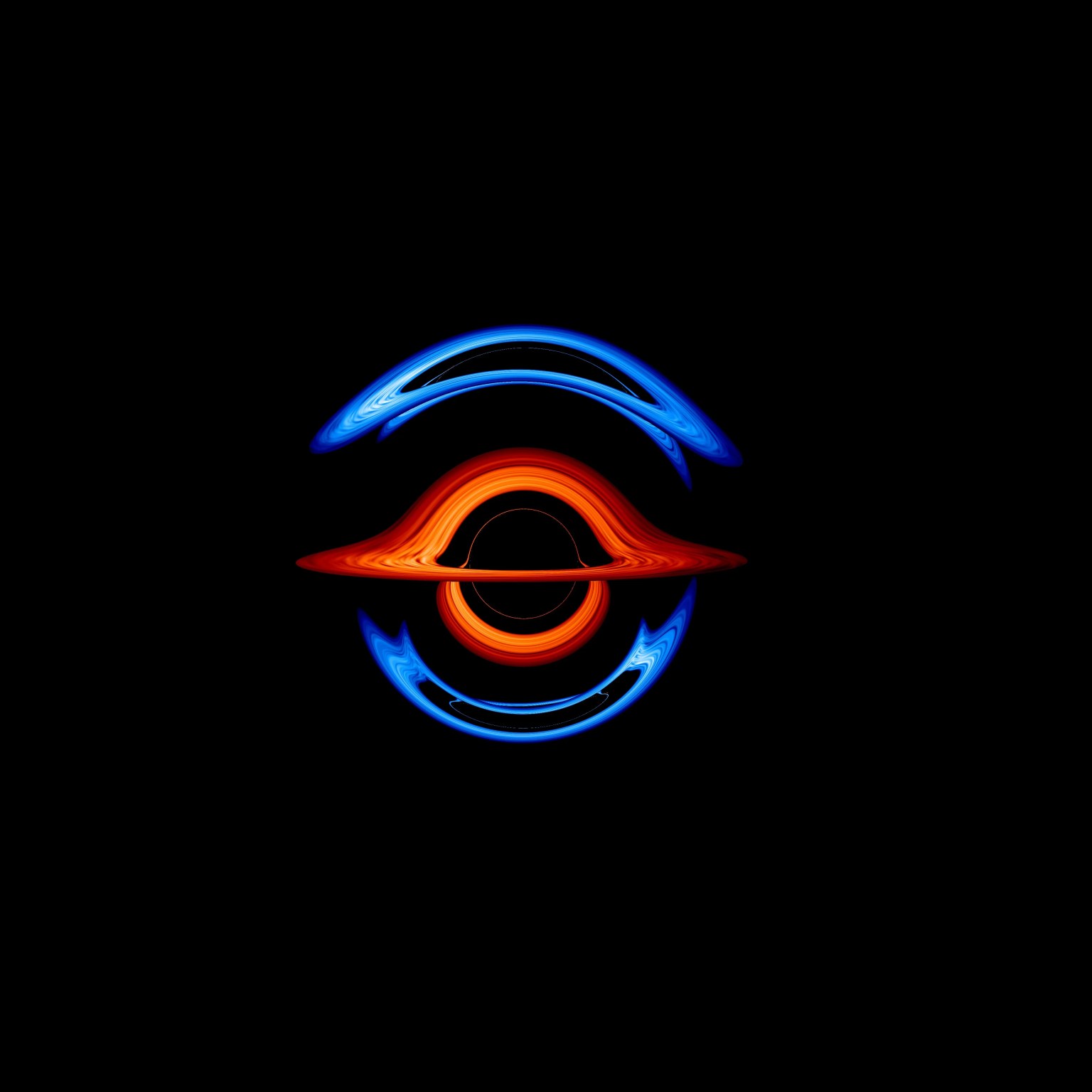A newly published catalog reveals 2,200 new exoplanet candidates, found in data captured by TESS, the Transiting Exoplanet Survey Satellite.
The news is out of this world: NASA’s TESS space telescope has captured evidence of more than 2,200 candidate planets orbiting bright, nearby stars, including hundreds of “smaller” planets – many possibly rocky worlds in some ways similar to Earth.
As scientists seek to confirm the discoveries, TESS’s large haul promises a possible explosion in the number of known exoplanets – planets orbiting other stars. Perhaps even better: The relative brightness of the stars they orbit should allow TESS’s successor telescopes to probe some of these planets’ atmospheres to search for water, oxygen, and other molecules that might make them hospitable to life.
The bonanza of exoplanet candidates is detailed in a newly published paper that catalogs the two-year prime mission for TESS (the Transiting Exoplanet Survey Satellite), that has produced a steady stream of exoplanet discoveries since its launch in 2018. TESS, in a wide orbit between Earth and the Moon, is now on an extended mission: to fill in gaps in its nearly all-sky survey – that is, both domes of the night sky over Earth’s northern and southern hemispheres.
“The exciting thing is to look at the map of TESS exoplanets as a kind of to-do list – with 2,000 things on it,” said Natalia Guerrero, a researcher at the Massachusetts Institute of Technology and the paper’s lead author.
Revealing planets by their shadows
An international team of astronomers examined TESS’s rich trove of “light curves,” or changes in the brightness of stars as orbiting planets pass in front of them. This search for shadows relies on extremely sensitive detectors behind TESS’s four cameras that can pick up dips in stellar brightness as tiny as 0.1% or even less.
“It’s an incredible body of work – a rich stockpile of exoplanet candidates for the community to mine and explore for years to come,” Jessie Christiansen, a research scientist at NASA’s Exoplanet Science Institute and a co-author of the study, said in an email.
She said the next generation of space telescopes, such as NASA’s James Webb and the European Space Agency’s ARIEL, “will explore many of these planets in exquisite detail, allowing us to better understand exoplanet composition, formation, and migration.”
The first step, of course, will be confirming the existence of many in the catalog that remain candidate planets; about 120 have been confirmed to date with dozens more on the way. Confirmation often requires ground-based observations using gravitational measurements, high-resolution imaging, and stellar characterization.
Among the more remarkable finds so far:
- Pi Mensae c, a “mini-Neptune” that was the first planet TESS discovered. It is now known to be one of at least two planets orbiting a star some 60 light-years away.
NASA/MIT/TESS
- An Earth-sized planet called TOI-700 d (TOI stands for Tess Objects of Interest), in the “habitable zone” around its star. Also called the Goldilocks zone, the habitable zone is the orbital distance from a star allowing for the possibility of liquid water on the surface of a rocky planet with a suitable atmosphere. TOI-700 d is a bit over 100 light-years away – nearby in astronomical terms – and orbits a relatively cool, red-dwarf star less than half the size of our Sun. It’s one of three similarly sized planets in this system.
- TOI 125, announced in 2019, was TESS’s first multi-planet system, with three mini-Neptunes and, possibly, two additional small planets. They tightly orbit a Sun-like star more than 360 light-years away.
NASA's Goddard Space Flight Center
- TOI 125, announced in 2019, was TESS’s first multi-planet system, with three mini-Neptunes and, possibly, two additional small planets. They tightly orbit a Sun-like star more than 360 light-years away.
- TOI 1338 b, the first planet orbiting two stars to be found by TESS. One of several such “circumbinary” planets discovered over the past 25 years, this world makes a nearly circular orbit around the two stars that are, themselves, orbiting each other. The system is 1,300 light-years distant.
- TESS’s first “ultra-short-period” planet, LHS 3844 b, is a “hot super-Earth” hugging its star so tightly that a year on this world, once around the star, is only 11 hours long. This hot, rocky planet has an estimated surface temperature of 989 Fahrenheit (531 Celsius). The planet and its red-dwarf host are about 50 light-years from Earth.
- When our Sun exhausts its nuclear fuel, in about 5 billion years, it’s expected to swell to red-giant size and engulf Earth and other inner planets, then collapse into a dense white dwarf. In such systems, astronomers wondered what becomes of planets in more distant orbits – at least until the discovery of TOI 1690 b. This giant planet somehow survived its star’s transition into a white dwarf, migrated inward, and is now locked in a tight orbit – the first such survivor ever found.
- TOI 849 b might be an extremely rare oddity: the enormous, dense, remnant core of a gas giant whose thick, turbulent atmosphere was stripped away – or never formed in the first place. The planet, some 700 light-years distant, is about 40 times the mass, or “heft,” of Earth, but only three times as big around. Its extremely tight orbit around its star, with a “year” that lasts less than a day, makes it infernally hot, and it likely bears little in the way of an atmosphere, if any at all. Under one possible scenario, its proximity to the star caused its atmosphere to be blown away by stellar radiation, leaving behind a broiling hulk.
Bottom line: The huge new planet catalog is a kind of candy store for the astronomical community, allowing deeper investigation of some of the galaxy’s most fascinating questions.
“Now the community’s role is to connect the dots,” Guerrero said. “It’s really cool because the field is so young, there’s still a lot of room for discovery: those ‘Aha’ moments.”

